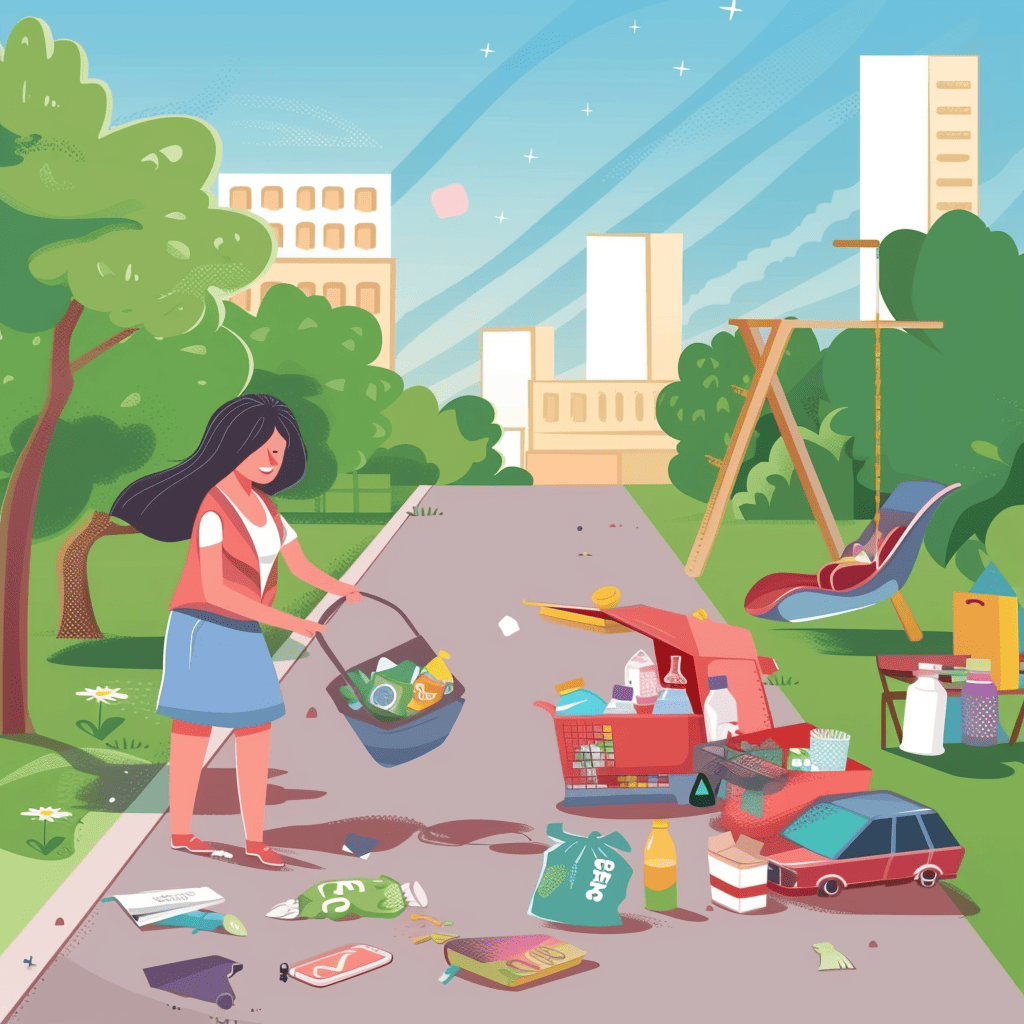History of Lunchboxes

Lunchboxes have a rich history that showcases their evolution, iconic designs, and the significance of pop culture and licensed characters in their appeal.
Origins and Evolution
Lunchboxes began as simple metal containers. In the early 20th century, workers used them to carry meals. Pre-1950s, they were plain and functional.
In 1950, the first character lunchbox featuring Hopalong Cassidy was introduced. This marked the transition from utility to fashion item. By adding a Thermos, lunchboxes became even more practical. The 1960s saw vibrant designs with characters like Donald Duck and The Jetsons.
By the 1970s, materials like plastic became popular. Lunchboxes continued to evolve with the times, reflecting changes in material and design preferences.
Iconic Lunchboxes Through the Decades
The 1950s featured classic cowboy heroes such as Gene Autry, Roy Rogers, and The Lone Ranger. The 1960s brought a wave of colorful designs including The Beatles’ Yellow Submarine and Star Trek.
In the 1970s, lunchboxes with H.R. Pufnstuf and Planet of the Apes designs became hits. The 1980s saw the rise of Star Wars, Batman, and Hogan’s Heroes lunchboxes. These items are now vintage, representing nostalgia for each era.
Significance of Licensed Characters
Licensed characters have played a critical role in the popularity of lunchboxes. Mickey Mouse was among the first to appear on lunchboxes, driving sales with his universal appeal.
TV shows and movies also played a big role. Kids loved carrying their favorite characters to school. For example, Superman and Star Wars designs were huge hits. Characters from The Munsters and Gunsmoke also lent a touch of adventure and fantasy.
These designs made lunchboxes more than just meal containers; they became a way for kids to express their personalities and interests. This trend continues today with modern characters, proving the enduring appeal of this lunchtime staple.
Repurposing and Upcycling

There are many creative and practical ways to repurpose and upcycle old lunchboxes. We can transform them into useful items or unique decorations.
Creative Uses Beyond Carrying Lunch
Old lunch boxes can be used for storage. They are great for organizing small items like pens, art supplies, or sewing materials. We can also use them to hold snacks or small toys. Displaying vintage lunch boxes adds charm to a room, especially if they are clean and rust-free.
We could also use them as planters. Just make sure to add drainage holes at the bottom. They can be transformed into quirky tool boxes by adding a handle. These ideas turn old lunchboxes into practical and decorative items around our home.
DIY Projects with Vintage Lunchboxes
Turning old lunchboxes into DIY projects is another fun option. With some creativity, we can make our vintage lunchboxes into unique pieces.
One idea is to create a small portable speaker. We just need some basic electronic components. We could also make a lunchbox lamp. This can be done by installing a small lightbulb and switch inside.
For those who enjoy crafts, decorating a lunchbox with paint, stickers, or other materials makes it a personalized item. These projects not only reuse lunchboxes but also let us display our creativity.
Collecting and Selling
Collecting and selling old lunchboxes can be both fun and profitable. We will discuss the market for vintage lunchboxes, how to determine their value and authenticity, and provide useful tips for buying and selling these classic items.
The Market for Vintage Lunchboxes
Vintage lunchboxes, especially those featuring licensed characters, have a dedicated market. Metal lunch boxes with images of Mickey Mouse, The Beatles, and Snoopy are highly sought after. Items from brands like Aladdin and those featuring popular cartoons, TV shows, and movies also fetch good prices.
Collectors look for lunchboxes with original artwork and designs. Matching thermoses can significantly increase the value. Rocky and Bullwinkle, Rambo, Hee Haw, and other themes from past decades remain popular.
Determining Value and Authenticity
To determine the value of a vintage lunchbox, we need to look at its condition, rarity, and demand. Buckles and handles should be intact. Any original stickers or matching thermos add value.
Common finds like Junior Miss and Toppie Debutante may not be worth as much as rarer items like Campus Queen and Orbit. Checking for reproductions is crucial. Authentic pieces usually have specific brand markings and unique features that fakes might miss.
Tips for Buying and Selling
When buying vintage lunchboxes, it’s important to inspect the condition closely. Look for rust, dents, and fading images. Buying from reputable sellers or auction sites gives us more confidence in our purchase.
For selling, listing specific details helps attract buyers. Mention any licensed characters or brands like Mickey Mouse or Aladdin. High-quality photos showing all sides of the box and any matching thermos are essential in online sales.
Overall, understanding the collectible market, determining the authenticity and condition, and following good selling practices can make collecting and selling vintage lunchboxes a rewarding experience.
I’m Cartez Augustus, a content creator based in Houston, Texas. Recently, I’ve been delving into different content marketing niches to achieve significant website growth. I enjoy experimenting with AI, SEO, and PPC. Creating content has been an exciting journey, enabling me to connect with individuals who possess a wealth of knowledge in these fields.

